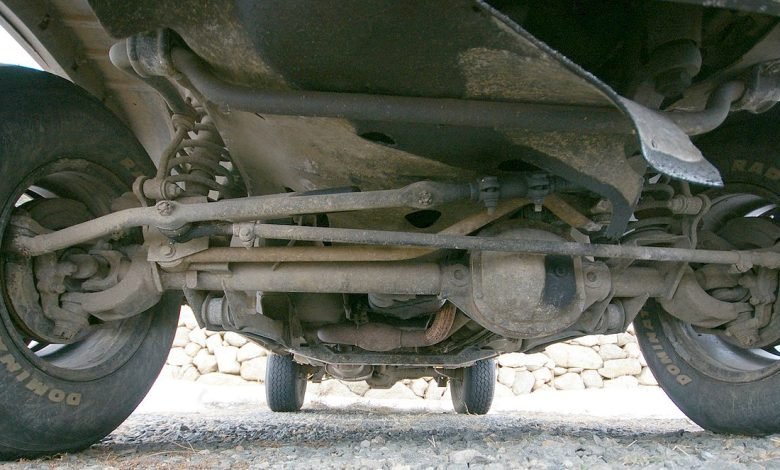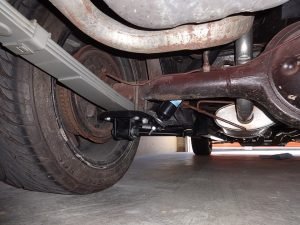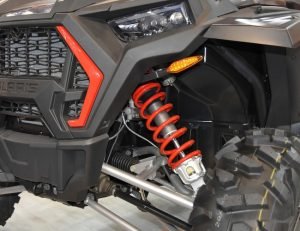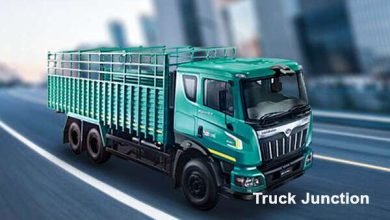Types of suspension springs that fit your car’s driving

Different manufacturers install varying types of suspension springs depending on the vehicle’s purpose. By vehicle purpose here I mean that some vehicle’s are built for racing, ferrying heavy loads, comfort or the daily commute. In fact, some vehicles have front wheel suspension springs that vary from their rear wheels suspension springs.
The types of suspension springs also affect a car’s selling price because they go into the total manufacturing cost. This is a factor to consider when buying or leasing a car. A vehicle’s suspension system is meant to balance the vehicle’s weight amongst its wheels. Further, the suspension system offers a car drivability when negotiating corners and driving over uneven ground surface. Hence enhancing the car’s comfort levels.
1. Leaf Springs.

They are an installation that you will find on commercial vehicles. Occasionally, manufacturers install them in the rear wheels of commute cars. Their design involves a number of leaf springs placed on top of each other with a reducing length from the center. Further their design has a bolt both at the center and the sides. These hold the leave blades in place.
There is a leaf blade that is the longest than the others. This one has bent ends where the leaf spring connects to the frame by a shackle. Further the leaf springs connects to the front axle by a U-bolt.
2. Coil Springs.

This type of spring is meant for a car whose suspension spring system distributes the amount of weight to all wheels. The coil springs are easy to install during a suspension system springs upgrade. Further, coil springs weigh less than the leaf springs. Hence the reason why high performance cars use these springs. For example, racing cars.
Suspension springs usually store up some energy that is got from the up and down movement of the car. In fact, relating this to coil springs, it is a fact that coil springs usually store much more energy than the leaf springs. Hence making them less likely to brake down due to weight distribution. The installation design of coil springs involves spring seats or pan shaped brackets. These are the areas where the springs attach to the rear axle of the vehicle’s suspension system. In fact, the spring seats are incorporated in order to compress the springs against the rear axel whenever the vehicle runs into uneven terrain.
3. Torsion springs.
This is one of the springs that is able to take up the highest amount of stress and force. That’s an attribute that is credited to the metal bar that makes up the central feature of this type of suspension spring’s design. Without saying too much, the unique design of this spring stands out amongst all the others.
This type of spring is usually found within the independent type of suspension spring. In fact, a faulty torsion bar is a major reason for the car shaking. The design involves a bar that attaches to the frame on one end. Mean while, the other end attaches to the wheel arm’s end which connects to the wheel hub. This provides sufficient surface area for movement and energy storage.
4. Rubber springs.
Manufacturers use rubber springs to compensate for the energy per unit that isn’t stored by metal springs. Without a doubt, rubber springs store much more energy in comparison to metal springs. This is a result of the spring’s superior vibration damping capacity. Rubber springs tend to have a more compact design that the other types of suspension springs. Further, rubber springs have a less likely hood of failure when you compare them to the other springs.



![Photo of [streams]: Lincoln vs Skyline Live free HS Football Score & REsults 09/09/2022](https://blogspinners.com/wp-content/uploads/2022/09/Friday-Night-High-School-Football-Live-768x432-1-390x220.jpg)

